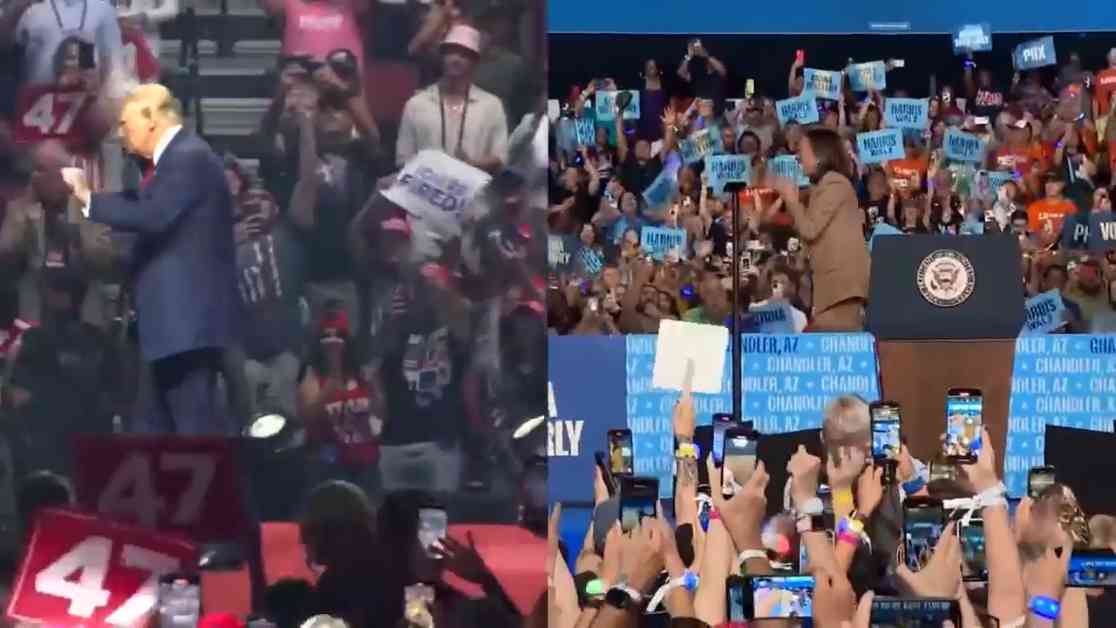Former President Donald Trump has been making detours into predominantly Democratic states as he navigates the final weeks of the 2024 election campaign. His recent stop in California’s Coachella Valley and his upcoming rally at New York’s Madison Square Garden show a shift away from the swing states that are typically key in deciding the election outcome.
While Trump acknowledges that winning these deep blue states is unlikely, he has claimed to have more support in California than Vice President Kamala Harris, whom he lost to by a significant margin in the previous election. Despite this, Trump’s allies argue that these blue-state visits serve a purpose beyond mere showmanship. The events provide fundraising opportunities and help boost support for down-ballot candidates, particularly in competitive House races.
Additionally, the large rallies in states like California and New York allow Trump to highlight what he perceives as failures of Democratic leadership and to cast himself as the solution to the problems facing these states. By drawing huge crowds and generating media attention, Trump’s campaign aims to make an impact across the political landscape.
Trump’s campaign strategy also includes targeting non-traditional political audiences, such as those who do not typically engage in politics. This approach involves online content creation, including appearances on popular platforms like YouTube and podcasts, to reach a broader audience and garner support.
The recent rally in Coachella drew criticism from local officials, who voiced concerns about Trump’s divisive rhetoric and lack of alignment with the community’s values. Despite this, Trump sees these rallies as a measure of his national support and uses them to bolster his claims of potential victory in the upcoming election.
Moving forward, Trump plans to continue his blue-state tour with stops in Illinois and a return to New York, culminating in a rally at Madison Square Garden just days before Election Day. While his chances of winning these states are slim, Trump remains confident in his ability to sway voters with his messaging on key issues like crime and border security.
Overall, Trump’s foray into blue states may seem like a strategic gamble, but it aligns with his campaign’s focus on energizing his base, challenging Democratic leadership, and showcasing his broad appeal across the nation. As he ramps up his efforts in the final stretch of the campaign, Trump remains determined to make his mark in states not typically seen as battlegrounds.


